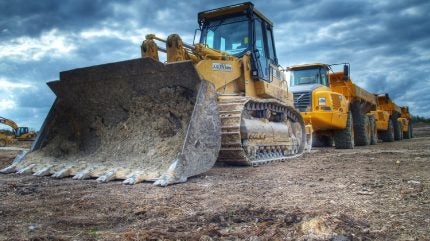
Canada-based Marimaca Copper has signed a binding option agreement to acquire the Pampa Medina project from Sociedad Contractual Minera Elenita (SCM Elenita).
Marimaca may opt to withdraw from the agreement at any point, returning property rights to SCM Elenita.
The Pampa Medina project, consisting of four mining concessions spread over 144 hectares (ha), is strategically located within Marimaca Copper’s extensive 14,500ha Sierra de Medina property in Chile.
It lies approximately 28km from the company’s planned processing infrastructure.
SCM Elenita will retain a 1.5% net smelter royalty on the Pampa Medina property, although Marimaca Copper has secured the option to buy back 1% of this royalty.
The acquisition is seen as a strategic move to consolidate Marimaca Copper’s holdings in the Antofagasta Region’s coastal copper belt.
Access the most comprehensive Company Profiles on the market, powered by GlobalData. Save hours of research. Gain competitive edge.

Your download email will arrive shortly
We are confident about the unique quality of our Company Profiles. However, we want you to make the most beneficial decision for your business, so we offer a free sample that you can download by submitting the below form
By GlobalData
Marimaca president and CEO Hayden Locke said: “This acquisition aligns with our strategy to grow our base of leachable copper resources to complement the Marimaca Oxide Deposit (MOD), to underpin mine life growth and, perhaps more importantly, support our goal of increasing our scale of production target to more than 50,000 tonnes of copper cathode per annum.
“A cornerstone of this strategy is proximity of resources to the planned infrastructure of the MOD development. Pampa Medina is located within 25km of the preferred plant site for the MOD development, and there are several clear routes for a synergistic development using the MOD infrastructure.
“Pampa Medina lies in the middle of one of our most prospective exploration targets, at SdM. We have completed surface geology in and around the historical resource, including several geophysical surveys, and are excited about the potential to extend both along strike to the north and south, and down plunge to the east-north-east.”




